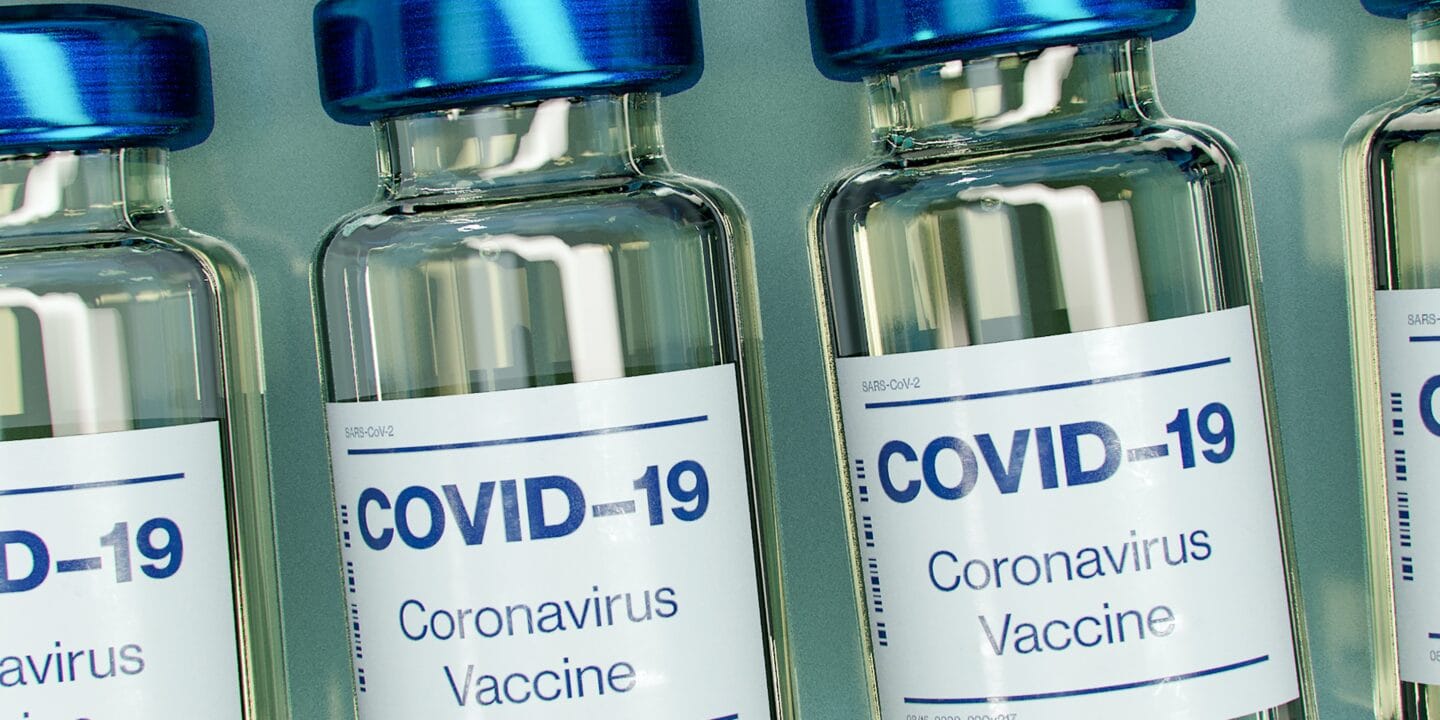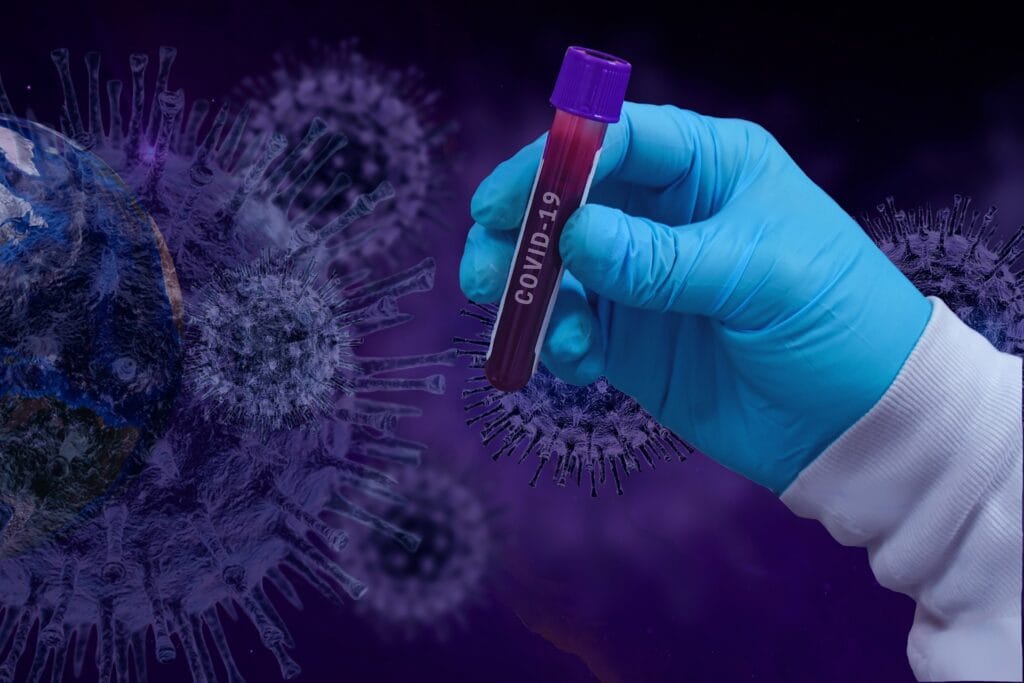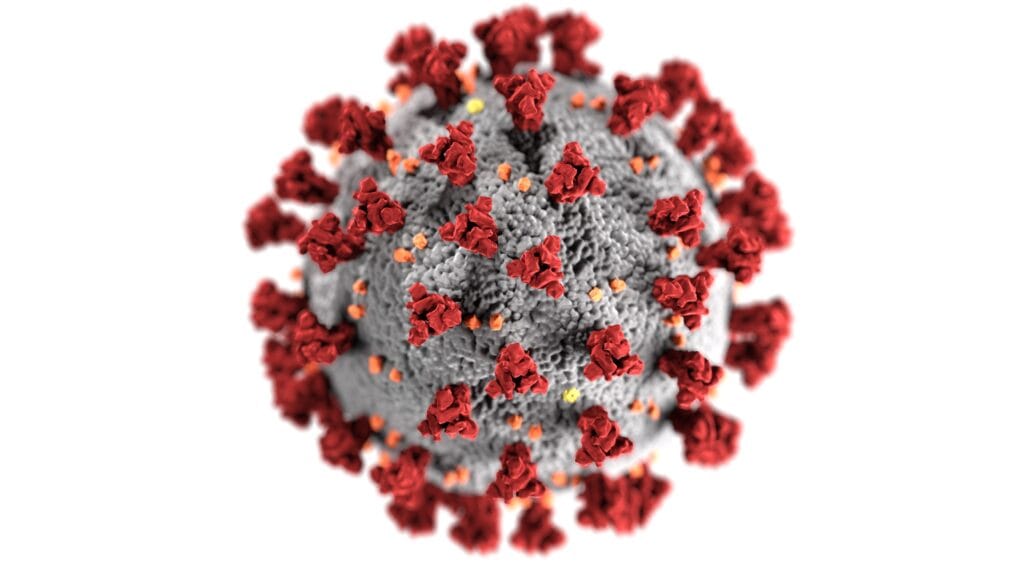- Home
- NEWS/RESEARCH/ARTICLES
- COVID Vaccines

Just a few years ago, no one would have predicted that a pandemic would shut down the whole world for more than a year. Scientists have typically been at the forefront of detecting and mitigating disease outbreaks. However, this was not the case with the COVID-19 virus. It hit hard and fast!
In light of the pandemic’s mass fatalities, it was necessary to develop both therapeutic and preventative drugs. The prompt development of efficacious COVID-19 vaccines was an exceptional scientific feat. Vaccine development generally takes eight to fifteen years, but the fight against
COVID-19 has seen vaccine development proceed at a breakneck pace. COVID-19 was identified in January 2020, but by December 2 of that year, a vaccine developed by Pfizer and BioNTech had been approved for use as an emergency measure in the United States.
The Science behind the Vaccines
Three basic approaches have been used to develop COVID-19 vaccines. Their distinctions include whether they employ the whole virus; parts of the virus; or simply the genetic material. To elicit an immune response, many conventional vaccinations employ whole viruses.
Inactivated vaccines involve viruses that have had their genetic makeup disrupted, preventing them from multiplying but still eliciting an immune response. In live attenuated vaccinations, a weakened version of the virus is administered, that can still replicate without causing the disease.
Vector vaccines use a harmless virus to deliver specific proteins from the virus in order to induce an immune response without causing sickness.
A subunit vaccine employs the parts of a virus such as proteins or sugars (the subunits) that the immune system needs to detect. It does not contain the entire microorganism or employ a harmless virus as a vector.
A nucleic acid vaccine delivers a specific set of instructions to our cells, either in the form of mRNA or DNA, telling them to build a virus protein that we want our immune system to recognize and respond to.
Authorization of the Vaccines
Most countries use the WHO’s EUL (Emergency Use Listing) as a guideline when authorizing vaccines. It is a risk-based method for evaluating and categorizing unlicensed vaccines, treatments, and in vitro tests with the primary goal of increasing their accessibility to people affected by a public health crisis. As of September 2022, 11 vaccines have been granted Emergency Use Listing (EUL) status by WHO.
Despite increased vaccination supplies, uptake has remained consistent. This has been attributed to the insufficient political commitment to vaccination rollout in several countries. Some countries face operational or financial limitations, while others face an early lack of governmental commitment to equal vaccination access.
Overall, vaccination reluctance is being pushed by misinformation and deception. WHO’s major focus is now on assisting countries in converting vaccines into vaccinations as quickly as feasible.

The World Health Organization (WHO) Emergency Use Authorization (EUA) Qualified COVID-19 Vaccines are listed below.
| Manufacturer | Name of Vaccine | Type of vaccine | Approved dosing schedule |
| Pfizer-BioNTech | BNT162b2 / COMIRNATY / Tozinameran (INN) | mRNA | Two doses, 21-28 days apart |
| Moderna | mRNA-1273 | mRNA | Two doses, 28 days apart |
| AstraZeneca | AZD1222 Vaxzevria | Adenovirus (CHAdOx1) vector | Two doses, 4-12 weeks apart |
| Serum Institute of India | COVISHIELD | Adenovirus (CHAdOx1) vector | Two doses, 4-12 weeks apart |
| Janssen (Johnson & Johnson) | Ad26.COV2.5 | Adenovirus type 26 vector | One dose |
| SinoPharm / Beijing Institute of Biological Products (BIBP) | Covilo / BBIBP-CorV | Whole inactivated Coronavirus | Two doses, 21-28 days apart |
| Sinovac | CoronaVac | Whole inactivated Coronavirus | Two doses, 14-28 days apart |
| Bharat Biotech, India | COVAXIN | Whole inactivated Coronavirus | Two doses, 28 days apart |
| Novavax | NVX-CoV2373 / Nuvaxovid | Protein subunit | Two doses, 21-28 days apart |
| Serum Institute of India | NVX-CoV2373 / Covovax | Protein subunit | Two doses, 21-28 days apart \ |
| CanSinoBio | Ad5-nCoV | Adenovirus Type 5 vector | One dose |
Despite significant vaccine development milestones, new coronavirus strains are raising concern among health officials and scientists. Current vaccinations provide substantial protection for just a few months, especially in the context of each variant of concern.
In response, nations such as the United States are urging most people to get booster jabs. Nevertheless, WHO maintains that first doses for unvaccinated persons should take precedence over booster shots.

Written by Dr Samuel Irungu












